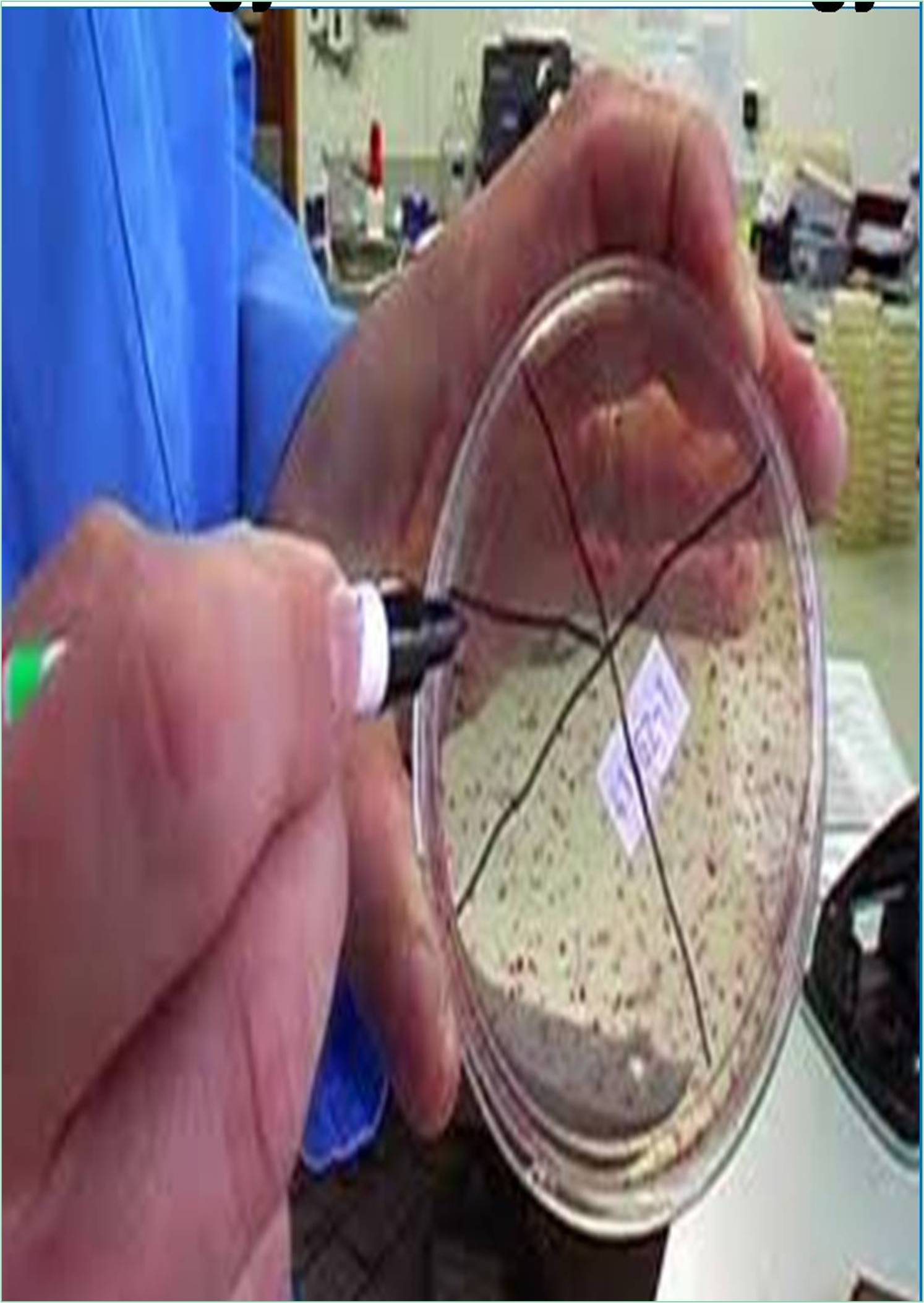



Received: 01-Aug-2022, Manuscript No. GJVI-22-72095; Editor assigned: 05-Aug-2022, Pre QC No. GJVI-22-72095 (PQ); Reviewed: 22-Aug-2022, QC No. GJVI-22-72095; Revised: 29-Aug-2022, Manuscript No. GJVI-22-72095 (R); Published: 05-Sep-2022, DOI: 10.15651/2229-3239.22.2.007
Streptococcus pneumoniae, a Gram-positive bacterium, also known as pneumococcus, can live in both aerobic and anaerobic environments. It is a facultative anaerobe that is often found as diplococci. In 1881 Pasteur and Sternberg first discovered S. pneumoniae from saliva. There are variable reports on the number of recognized serotypes of S. pneumoniae. There are almost 97 serotypes of S. pneumoniae that have been identified and characterized to date. All of these serotypes are autonomously recognized by the host.
Pneumococcal diseases are more prevalent in young children, the elderly, and immunocompromised individuals. S. pneumoniae causes pneumococcal diseases such as meningitis, bacteremia, pneumonia, acute otitis media, and sinusitis. Within the US S. pneumoniae causes about 40,000 fatal pneumococcal infections per year. S. pneumoniae colonizes the upper respiratory tract mainly the nasopharynx, and is able to asymptomatically exist in in the upper respiratory tract which is known as carriage. Carriage is more prevalent in children. Carriage can lead to further spread of S. pneumoniae within the community. S. pneumoniae has many virulence factors that permit for adherence to host cells, diminish the host’s immune system’s capacity to clear the bacterium, and promote invasion of epithelial cells. If the host is unable to clear S. pneumoniae directly after colonization of the upper respiratory tract, the bacterium multiplies, disrupts the regular non-pathogenic flora of the respiratory system and cause infections.
S. pneumoniae migrates to sterile tissues and organs. For instance, bacterial meningitis is the medical term for the inflammation of the meninges—the protective membranes that surround the spinal cord and brain caused by S. pneumoniae infection. S. pneumoniae is primarily responsible for bacterial meningitis, which is most frequently found in young infants. More than 50% of bacterial meningitis in the US is caused by S. pneumoniae. Bacteremia is the term for pneumococcus blood infection, which accounts for 12,000 occurrences annually and typically follows other pneumococcal infections. Infants and young children who have S. pneumoniae in their middle ears may develop acute otitis media. According to the Centers for Disease Control (CDC), 60% of young toddlers will likely experience at least one ear infection. When S.pneumoniae infects sinus fluid that has been trapped, sinusitis results.
Streptococcus pneumoniae can migrate to the lungs, where it can cause pneumococcal pneumonia. It originally lives on the mucosal surfaces of the nasopharynx in its hosts. This is an infection of the lungs that results in inflammation of the air sacs, which causes them to swell with fluid and make breathing challenging. High heart rates, breathlessness, frequent coughing, and high fevers are typical symptoms of pneumonia in patients. Thus, despite S. pneumoniae colonising the nasopharynx asymptomatically, a poor immune response and lack of clearance may cause pneumococcal pneumonia, which poses a major risk to the health of people with weakened host defences.
Other types of non-microbial macroscopic particles also cause similar sterile inflammatory reactions. One of the crucial discoveries about these seemingly unrelated processes is that IL-1, one of the main cytokines responsible for the resulting inflammation, is produced through a same underlying route. There are growing understandings of the types of cells that recognise sterile stimuli, how they perceive them at the molecular level, and how they react by producing IL-1. This is significant since it is also becoming increasingly clear that these processes play a role in the pathophysiology of a variety of disorders.